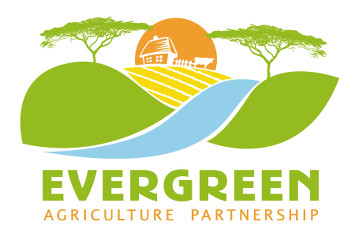
- This event has passed.
Cracking the Nut ’16: Regenerating rural and agricultural development
March 1, 2016 @ 8:00 am - March 2, 2016 @ 5:00 pm
Event Navigation

 Cracking the Nut is coming back to DC! After three years abroad, the 2016 Cracking the Nut conference will take place in Washington, DC on March 1-2, 2016.
Cracking the Nut is coming back to DC! After three years abroad, the 2016 Cracking the Nut conference will take place in Washington, DC on March 1-2, 2016.
Connexus is working with the Inter-American Development Bank, USAID and Catholic Relief Services to organize a two-day learning event, which will highlight changes being made to “regenerate” rural and agricultural market development and financial inclusion in developing countries. Based on findings of Cracking the Nut 2015: Expanding Rural and Agricultural Development Amid Climate Change, the conference will go beyond environmental conservation to regeneration and repair of natural resources upon which rural and agricultural communities depend.
The Conference will showcase competitively selected best practices through three focused themes:
- Regenerating Rural and Agricultural Landscapes. How can public and private sector collaborate to restore deforested areas, depleted soils and scarce water supplies, while improving agricultural productivity? What incentives do companies offer to encourage their farmers to protect the environment and to apply agro-forestry and other climate-smart approaches? What models and technologies are cost effective for motivating small farmers to adapt their methods to protect soil, ground cover and natural habitats?
- Financing Environmentally Sustainable Development. How can we ensure that all farmers, including women and youth, have access to finance, markets, fair prices and climate-smart technical assistance? What types of finance are needed to rebuild the environment and economic potential of areas where natural resources have been exhausted? How can we reduce risk and increase lending to scale innovative climate-smart technologies?
- Encouraging Investment in Climate-Smart Agriculture. How can the private sector profitably invest in climate-smart agriculture? What technologies and investments can be made today to protect water and soil resources tomorrow? How can governments balance environmental protection policies with a desire to attract investments in rural and agricultural development?

